
|
wattsg@southwestern.edu

|
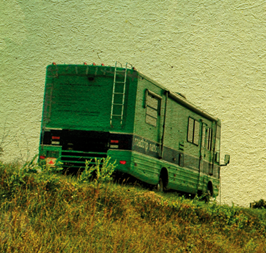 |
"The first stage ... was characterized by the rapid development of an attitudinal and institutional context that made the domination of American civilization by the automobile inevitable. The second stage involved mass idolization of the motorcar and a mass accommodation to automobility that transformed American institutions and lifeways. Automobile Consciousness III was inaugurated in the late 1950s, when it first became apparent that automobility was no longer a historically progressive force for change in American civilization. Since then the motorcar increasingly has been conceived of as a major social problem." (Flink 451-2) | 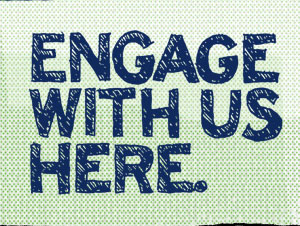
|
The roadtrippers each must apply and be accepted through each of three application levels. The first is simply personal information and responses about what Roadtrip Nation might do for the applicant. The second involves making an application video introducing the applicant more fully, and the last requires applicants to find someone local, set up an interview, and report the findings. The application process is intended to see who would be best suited for cold-calling to set up interviews and being on camera for the duration of the trip. My familiarity with this process is not through research: I myself applied to be a roadtripper for this coming summer. My interest was piqued after their visit to campus in their giant green RV. The staff members present were very excited about their work, and they were not much older than Southwestern students, lending strength to the idea that a Roadtrip Nation trip is a youthful adventure. I felt drawn in by their conviction that modern education models are too restricting for students. They speak about travel both as an educative tool and as an alluring escape from the norms which govern the way people live and learn. Roadtrip Nation tries to appeal to every student who was strictly informed by a high school counselor that they needed to choose their career path right away. Instead, they preach the idea that interviews and travel can lead people more naturally to a life which is successful and fulfilling.
This ideology is reflected in their visual artifacts as well. Their website is a combination of photographs and seemingly hand-drawn graphics. It is organized in such a way as to emphasize their message over any commercial aspects of their company. They achieve this through making certain link more accessible and obvious: for example, the link to their interview archive, ways to participate, and links to the television show are more clearly than their store. Other important visual components are the green RV and their travel routes and photographs from previous trips. There are certain aspects specifically de-emphasized: for example, the similarities they share with reality television programs or the fact they are a company which must make money to continue to exist. Through these visual artifacts I have catalogued (and those they purposely do not focus on), they essentially work to present an attractive alternative to the current education model and manufacture adventure in the minds of students and young people.
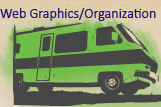 |
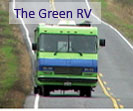 |
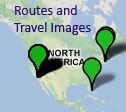 |
Works Cited:
Flink , James J. "Three Stages of American Automobile Consciousness." American Quarterly 24. 4 (1972): 451-473. Print.
Roadtripnation.com. Roadtrip Nation, 2013. Web. 23 Apr 2013.
a class taught by Bob Bednar in the Communication Studies Department at Southwestern University